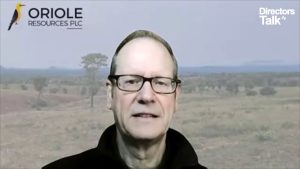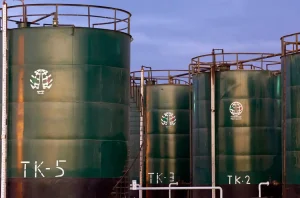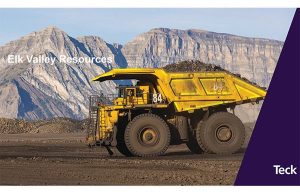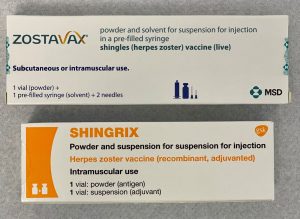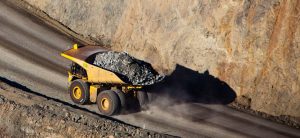Global gold mining has entered a notably buoyant phase, driven by a resurgence of safe-haven demand and renewed investor confidence. In the first half of 2025, physically backed gold exchange-traded funds attracted inflows totalling US $38 billion, the largest semi-annual uptake since early 2020, propelling holdings to 3,615.9 tonnes, a peak not seen since August 2022. This surge reflects heightened geopolitical tensions and economic uncertainty, which traditionally bolster gold’s appeal as a stabilising asset in mixed-market conditions. Concurrently, central banks in emerging and developed economies continue to diversify reserves, underpinning demand beyond speculative channels.
On the production front, global mine output has maintained steady expansion. In Q1 2025, total gold supply grew by 1 per cent year-on-year to 1,206 tonnes, with mine production itself climbing to a record 856 tonnes for the quarter. While recycled supply eased by 1 per cent over the same period, the net increase in primary output underscores the sector’s resilience amid challenging exploration and operational conditions, including deeper deposits and evolving environmental regulations.
Price forecasts remain uniformly optimistic, bolstered by sustained ETF momentum and affirmed by prominent market analysts. The World Gold Council highlights that spot prices surged by 26 per cent in 2025, peaking at a record US $3,500 per troy ounce in April. Independent forecasts from AuAg Funds envisage gold breaching the US $3,000 mark during the year, with potential to close even higher as interest rates stabilise and investors seek protection against currency volatility. Such projections are echoed by major consultancies, which cite geopolitical friction and inflationary pressures as key catalysts for continued price appreciation.
Technological innovation and sustainability are reshaping operational paradigms across the industry. Advanced data management systems and machine-learning algorithms are increasingly deployed to optimise exploration targeting, improve ore-body modelling and enhance throughput efficiency, heralding a new era of digital-driven productivity gains. Simultaneously, environmental, social and governance commitments are prompting mines to adopt decarbonisation pathways and community-engagement frameworks, ensuring that resource development aligns with local stakeholder expectations and long-term ecological stewardship.
In the broader corporate landscape, the top-tier producers continue to consolidate their leading positions while supporting juniors through strategic partnerships and offtake agreements. Newmont and Barrick Gold together account for over 10 million ounces of annual production, with Agnico Eagle and Polyus not far behind. This tiered structure facilitates capital-efficient scale at the major end, while encouraging agile advancement at the junior level, where nimble explorers can capitalise on niche discoveries and innovative extraction techniques.
Regional dynamics also underscore the sector’s diversity of opportunity. Mexico’s rich vein provinces, notably in Sinaloa and Sonora, continue to attract substantial investment, leveraging favourable mining codes and established infrastructure. In Ghana, the establishment of the GoldBod regulatory board and the GOLDBOD Task Force has strengthened supply chain integrity and curbed illicit small-scale operations, enhancing formal production channels. Meanwhile, promising developments such as the Lobo-Marte project in Chile highlight ongoing potential in under-explored jurisdictions, with estimated reserves nearing 9.8 million ounces slated for construction phases commencing in 2025.
DynaResource, Inc. (OTCQX:DYNR) is a dynamic emerging junior gold company currently conducting test mining and milling activities, producing rich gold concentrates, and continuing exploration activity, through its 100% owned subsidiary in Mexico, DynaResource de Mexico SA de CV., at DynaMéxico’s wholly owned project – San Jose de Gracia;



